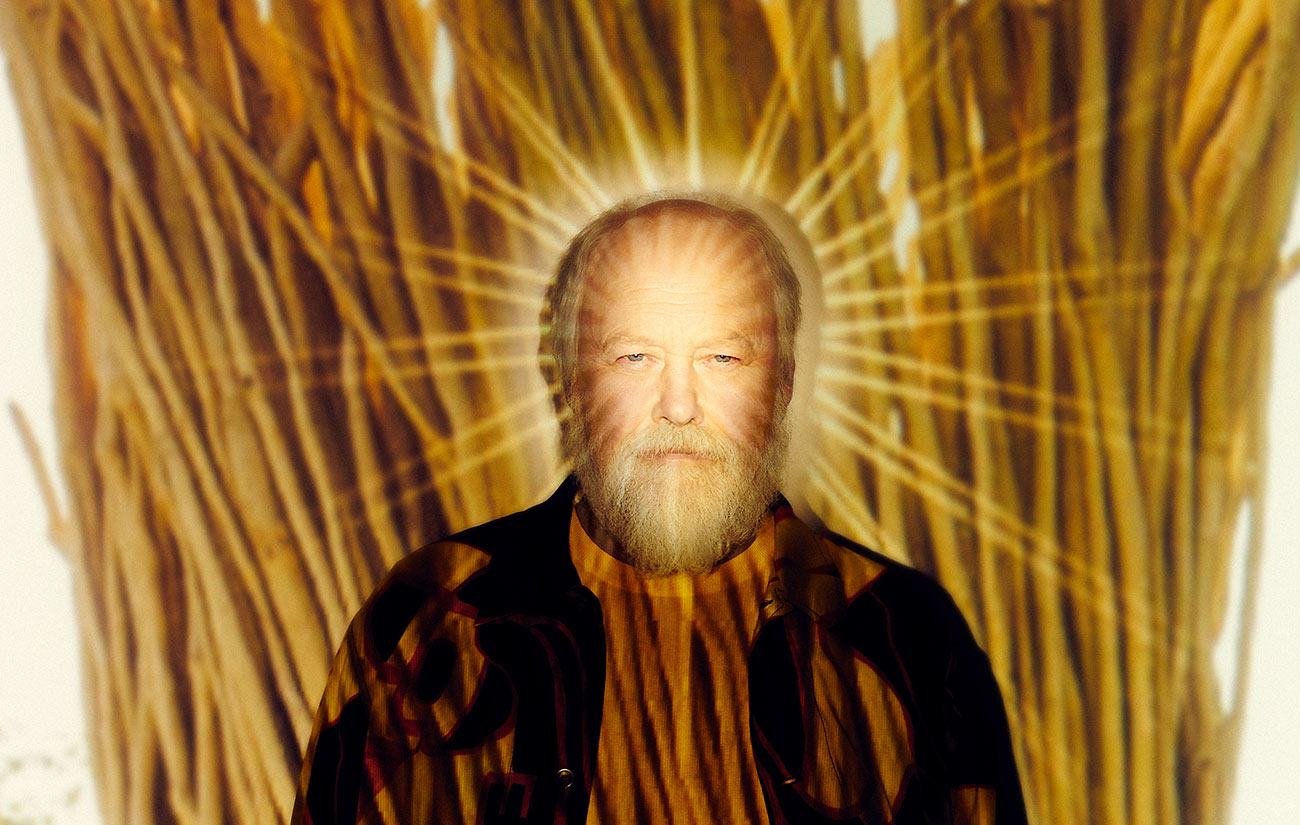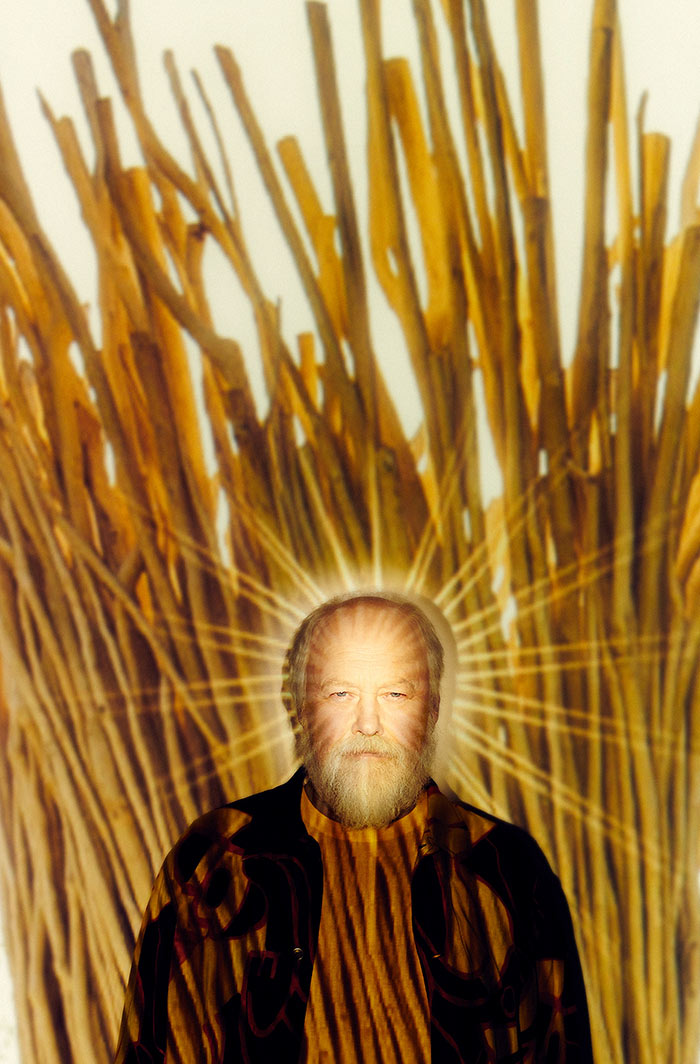
Nikolay Polissky was born in 1957. Contemporary Russian artist, sculptor, painter. Graduated from the Ceramics Faculty of the Leningrad Vera Mukhina Higher School of Art and Design (currently known as the Saint Petersburg Stieglitz State Academy of Art and Design). Nikolay Polissky is a great exponent of Russian land art — art outside of exhibition halls, engaging in dialogue with the surrounding natural landscape. Polissky’s monumental pieces are remarkable in their scope and organicity.
Before 2000, the artist primarily worked in painting. In January 2000, he initiated a project in Nikola-Lenivets Village, Kaluga Oblast. The villagers created 220 snowmen. Photos of this first landscape project were presented as part of the Art–Moscow Fair. Other projects followed, focusing on various natural materials (hay, wood, vines) — Hay Tower, Firewood Tower, Media Tower, Lighthouse, and many others. The village of Nikola-Lenivets became a contemporary art park and now hosts the ArchStoyanie Festival.
Polissky always works in co-authorship with the Nikola-Lenivets Crafts group created by locals. In the last few years, his works could be seen in Moscow, Perm, Saint Petersburg, Luxembourg, Paris, Miami, Barcelona, Japan, and Yakutia at numerous museum exhibitions and international festivals.
Column. 2020.
Wooden sculpture. Hazel. 6.5 х 1.5 m
From the INTECO collection
The object is made from the underwood that is plentiful in the forests of Nikola-Lenivets Village, the genio loci of which Nikolay Polissky became. Column is the first work in the Russian Antiquity series that was presented in the summer of 2021. The series continues the traditions that formed since Polissky and his group began working in Nikola-Lenivets. The traditions were formed from the reinterpretation of architectural “brands”. In 2000, the Mesopotamian Ziggurat was built from hay, in 2001 – Aqueduct from snow, in 2002 – Firewood Tower, in 2003 – Media Tower, etc. 2020-21 marks a return to fundamentals. Inspiration comes from the art of antiquity which gave birth to the basic principles of all future city planning. Polissky uses the structure of antique columns, the ideal of classic beauty. However, his column is made not from luxurious marble but from curved hazel branches, a seemingly basic yet vivacious material that retains its natural contours. The fluting, capitals, and foundations appear to be similar to antique variants yet do not possess the veneer of antiquity. Details in contemporary technique and everyday elements added to the capitals round out the ironic rustic jokiness. The column is founded not in museum pomp and circumstance but the power of nature.



